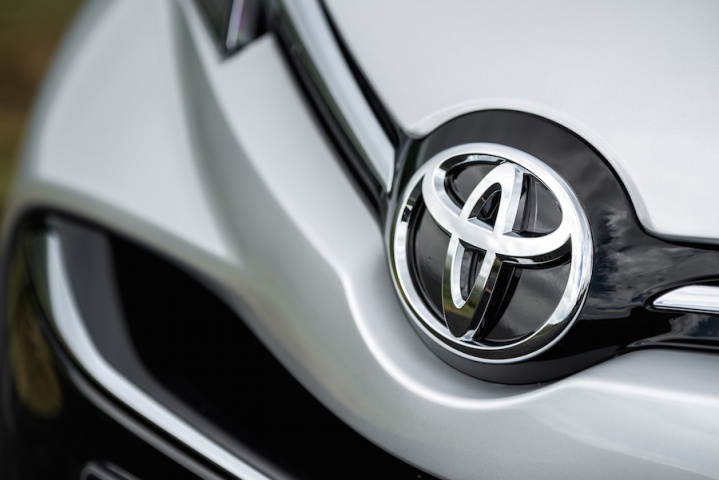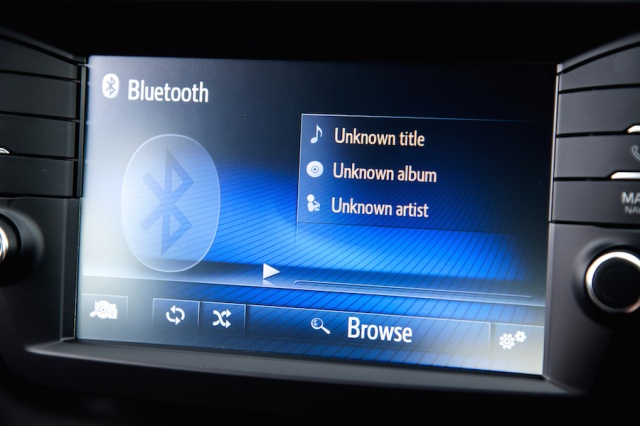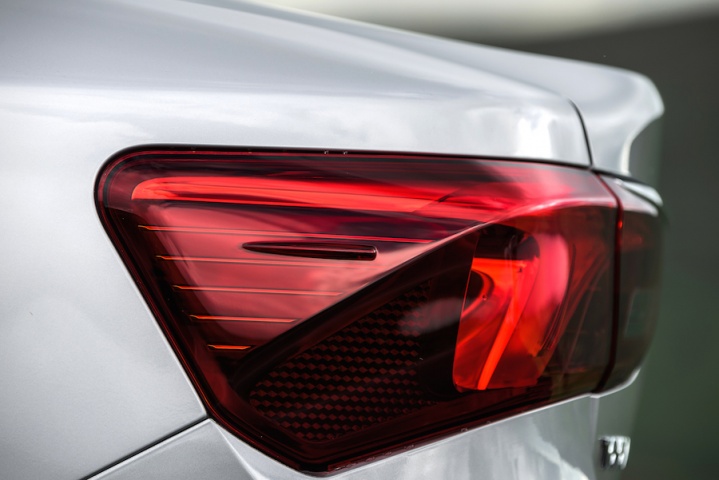Good: improved interior, more refined, good powertrain
Not so good: dull to drive
Anyone who keeps up with the latest motoring trends will have noted that sales of the humble family saloon have, relatively speaking, tanked, as more and more buyers shift towards crossovers and small SUVs. In fact, you do not have to possess more than a passing knowledge of cars to have noticed this - there are simply less of them on the roads. This has left the likes of the Volkswagen Passat, Opel Insignia and Ford Mondeo fighting for an increasingly smaller piece of the pie. Corporate or business customers are seen as the main purchasers of saloon cars now but they will only get you so far, you need private buyers to part with their own cash too to present a viable case.
It is this world that the updated Toyota Avensis enters. It has always been a strong seller in Ireland with loyal customers who keep returning to it due to strong residuals and reliability: some 1,100 examples of the Avensis have already been sold this year. But Toyota can ill afford to rest on its laurels in the face of stiff competition so this update is one of those rarities in that it is comprehensive rather than just a nip and tuck.
Cosmetically, the updated car gains the new corporate face that was first seen on the 2014 Yaris. It somehow works better on the Avensis, the foglights pushed out to the extremities giving the front end a wider look and more presence. It is quite a change from before; there are softer curves where there were once hard edges and sleeker headlights that frame an oversized Toyota badge. There is also a hint of Lexus GS around the rear end, which is no bad thing.
It is inside that you see the most drastic changes, however. The Avensis, like most Japanese cars, was fitted with a slab of grey plastic that looked like it could survive a direct nuclear strike, but had about as much visual appeal as one that had been hit with a nuke. The Japanese rated durability higher than visual appeal. For the new car the interior designer must have visited Europe, as now drab grey has made way for soft plastics laid out in a manner not usually associated with Toyota, all based around a new eight-inch colour touchscreen system (on Luna and Sol models). Dare we say the interior looks 'premium'? To these eyes it does, perhaps not up there with the likes of the Volkswagen Passat, but certainly able to hold its own against the Ford Mondeo and Opel Insignia. It sounds better too with work done to improve NVH (Noise, Vibration and Harshness) resulting in a much more refined cabin when on the move.
And lets face it; that is what cars like this are designed for, clocking up the miles on the motorway whether it be on the way to a meeting or lugging the kids from school to football practice and vice versa.
To that end, the engine is also new. It's a 1.6-litre BMW unit no less that offers up 112hp and 258Nm of torque. The Avensis has traditionally been sold with a 2.0-litre unit under the bonnet so some may be put off by this new, smaller unit, but fear not, as the downsized engine is more than up to the task. It feels like a larger engine with peak torque available from just 1,750rpm, pulling strongly through the gears and never necessitating a visit towards the redline. Slip it into sixth on the motorway and the engine is barely audible, something that complements the work done to make the car more refined. Unfortunately, the overall quietness does mean you tend to notice the noises that remain, such as wind noise over the door mirrors, but it's not overly intrusive.
Equipment levels across the range are impressive with the entry level Aura cars getting cruise control, 16-inch alloy wheels, front fog lights, Bluetooth and Toyota's Pre-collision safety system. Stepping up to Luna adds an extra inch to the wheels, dual-zone climate control, the eight-inch touchscreen, rear view camera, Lane Departure Alert and Road Sign Assist. The Sol level car tested here gets leather seats, tinted rear windows and keyless entry over and above the Luna.
Despite all the changes one of the Avensis core issues remains - it is not a car you are going to lust after the way some do a Passat or Mazda6, but updates to the interior and the addition of the new 1.6-litre engine mean that it is becoming increasingly harder to fault. It will never be exciting but it does now have comfort and refinement to add to its residual and reliability appeal and these aspects cannot be overlooked.







































